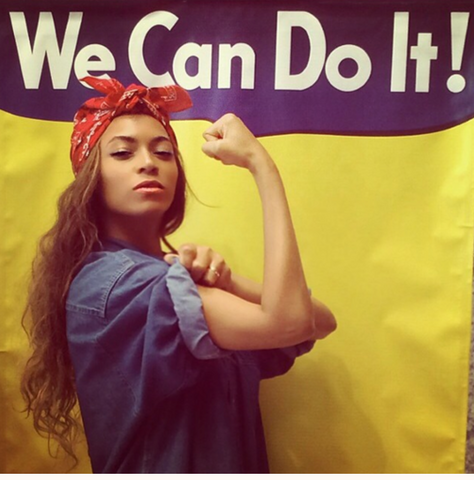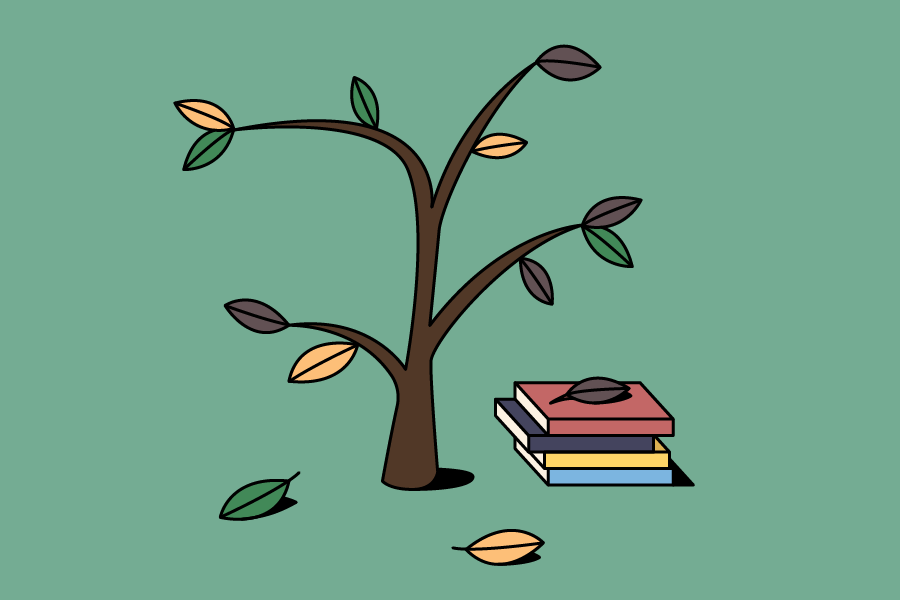And a Happy Intersectional Int'l Women's Day to You
thinx archive
·5 min read

by Emma Glassman-Hughes | 03/10/2016
Part of politics is making certain, difficult-to-swallow topics more easily digestible. It’s like the high-fiber wheat bran of social advocacy.
What this can mean, however, is that when boiled down to their most simplistic forms, social issues can create a bit of a homogenous front. This becomes especially dangerous when applied to ‘women’s issues’ which have a history in the mainstream of focusing only on white, hetero, cisgender, able-bodied etc. women. It could be argued (and has been argued! By some very important but nonetheless problematic ladies of our past!) that incorporating complex narratives and identities unnecessarily muddies issues on a public level and detracts from widespread political support. For example, mainstream women’s suffrage movements at times actively discriminated against women of color, and at other times ignored their political messages. For another example, some mainstream women’s lib movements of the 60s and 70s actively discriminated against and ignored lesbians and non-hetero women. Why did they do this? Well, many thought that their goals could never be achieved if they supported and fought for all women at once (too much for the patriarchy to keep track of?? Idk), so they settled and took things one group at a time. Luckily, this kind of advocacy is going out of style fast, and we’re real excited about it here at THINX.

@beyonce via Instagram
Today, in honor of Women’s Herstory Month and International Women’s Day and really just because I wanna, I’m going to encourage us (myself very much included) to step away from politics for a minute; step away from where issues get shrunken down small enough to fit on a meme, and try to avoid the homogenizing of feminism. I want to complexify our understanding of some of the major ‘women’s issues’ of today, in an effort to make them a little more intersectionally engaging. Here, I have chosen three topics that almost exclusively rely on white, cis, hetero, able-bodied women to uphold their image in the mainstream, and have made an effort to expand them to be more (but not exhaustively) inclusive. Let’s roll.
SEXUAL ASSAULT/VIOLENCE AGAINST WOMEN: not just college campuses
In the U.S., there are a few different ways that the epidemic of violence against women is presented to the public. A) we’re often led to believe that systemic violence against women is a characterizing trait of foreign nations, and B) we’re often led to believe that survivors of sexual violence, or at least the only survivors worthy of our attention, are those who are educated, cis, upper-middle-class, and usually white. We often hear about the ‘1 in 5’ statistic that refers to a female college student’s risk of assault on campus, which is already a horrifying and important statistic on its own; but how often do we hear about the women who are more likely to be kept out of higher education, and to live in poverty; who are discriminated against, and who are most vulnerable? Not so often (surprise, y'all)! Sometimes, we hear soundbites from political activists trying to get us to pay attention to the specific crisis of violence against trans women of color (TWOC), but do we know that trans women (particularly of color) experience sexual violence at a rate of 1.8 times more than cis-women? Additionally, this week we read about the tragic reality of violence against Native and indigenous women in the U.S. and Canada. I’d never known that these women are 2.5 times more likely to be sexually assaulted than I am as a non-Native woman. These additional numbers not only magnify the crises of violence against women in the U.S., but ultimately make more urgent the crusade against it.
REPRODUCTIVE JUSTICE: not just about standing with PP (but obvs that’s still super valid)
Nary is there an argument closer to my heart than that for good ol’ reproductive justice. As a white, able-bodied woman, however, I am guilty of minimizing the issue to the simple right to have an abortion. While this is a non-negotiable human right that *should* belong to every uterus owner the world over, it is actually way (way) not the only matter worth discussing on the topic of reproductive freedom. See, women who are systematically discriminated against in other areas of their lives tend to also face myriad struggles for reproductive freedom. Unfortunately, this isn’t always as obvious as it sounds. Women with disabilities (WWD) and black women both have historically faced violations of their right to parent; a shared history of sterilization and characterization as ‘unfit mothers’ have contributed to a stigma and a real-life discrimination that has nothing to do with procuring an abortion. Not that WWD and black women don’t sometimes seek abortions, but the violations of social justice tend to occur for them on the other end of the sexism stick, if you will. This article that defines the crisis in Flint as a pressing reproductive issue completely changed the way I think about reproductive justice, and allowed me to see that other factors like barring access to healthy environments, public safety, and certain resources represent an infringement on a black woman’s freedom to parent. So, because there’s such a variety of entrance points to the discussion about reproductive justice, standing with Planned Parenthood isn’t the only way to advocate for reproductive freedom (but don’t worry, it’s still a femtastic option).
EQUAL PAY: the numbers are like onions; they have layers
Equal pay has been a contentious topic that has recently enjoyed some limited spotlight thanks to the current political race here in the States. However, it is also one of the hot-button feminist topics notoriously and consistently whitewashed into oblivion; I mean, ‘Women Make 78 Cents on The Dollar’ is a much sexier headline than what would otherwise take a whole paragraph to explain the intricacies of the real, ugly (and real ugly, amirite ladies) wage gap. Those numbers you often see presented to ya? They’re only one, small piece of the pie. They reflect an over-simplified calculation of what full-time working women of all ethnicities combined make on the dollar of a man doing the same work. But when we choose to include factors like race and ethnicity, we see a much different number: black women making 64 cents on the dollar; Hispanic and Latina women making 54 cents on the dollar; American Indian and Alaska Native women making 59 cents on the dollar. These added numbers allow us to consider the wage gap on a much different plane; one that highlights how women of color more often than not are working in lower-paying jobs and experience a variety of outlying factors (discrimination, family burdens, lack of personal safety) that keep them from advancing in the workplace. A complexified understanding of the wage gap shines light on economic inequality, certainly; but more importantly, it represents structural barriers that keep different kinds of women subservient in different kinds of ways; it represents the systematic ambition vacuum, for lack of a better word, in women who have been discouraged from asking for more or even just what they deserve. And it represents some of the added inequality that women of color face in different aspects of their lives.
The Takeaway?
If we want to keep our feminism intersectional, we have to diligently unpack the way political issues are marketed to us; we must see the ways the selling of these issues tends to neglect a more complex female identity. The truth is, allowing the national conversation about feminism to continue to be dominated by statistics that reflect a certain privilege is only contributing to the violence and inequality experienced by these women. Let’s challenge that, y’all. And with that, a Happy International Women’s Day and Women's History Month to you!
by Emma Glassman-Hughes


